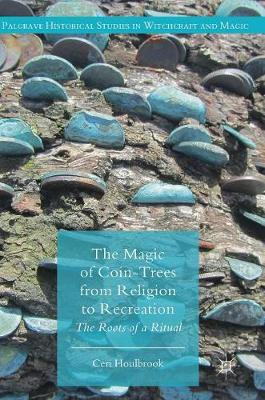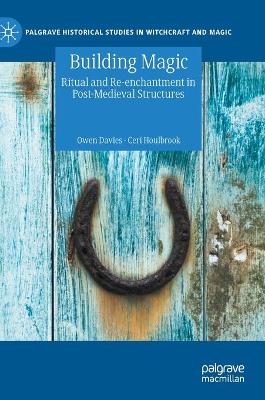Palgrave Historical Studies in Witchcraft and Magic
2 total works
This book traces the history of ritual landscapes in the British Isles, and the transition from religious practice to recreation, by focusing on a highly understudied exemplar: the coin-tree. These are trees imbued with magical properties into which coins have been ritually embedded. This is a contemporary custom which can be traced back in the literature to the 1700s, when it was practiced for folk-medical and dedicatory purposes. Today, the custom is widespread, with over 200 coin-trees distributed across the British Isles, but is more akin to the casual deposition of coins in a wishing-well: coins are deposited in the tree in exchange for wishes, good luck, or future fortune. Ceri Houlbrook contributes to the debate on the historic relationships between religion, ritual, and popular magic in British contexts from 1700 to the present.

